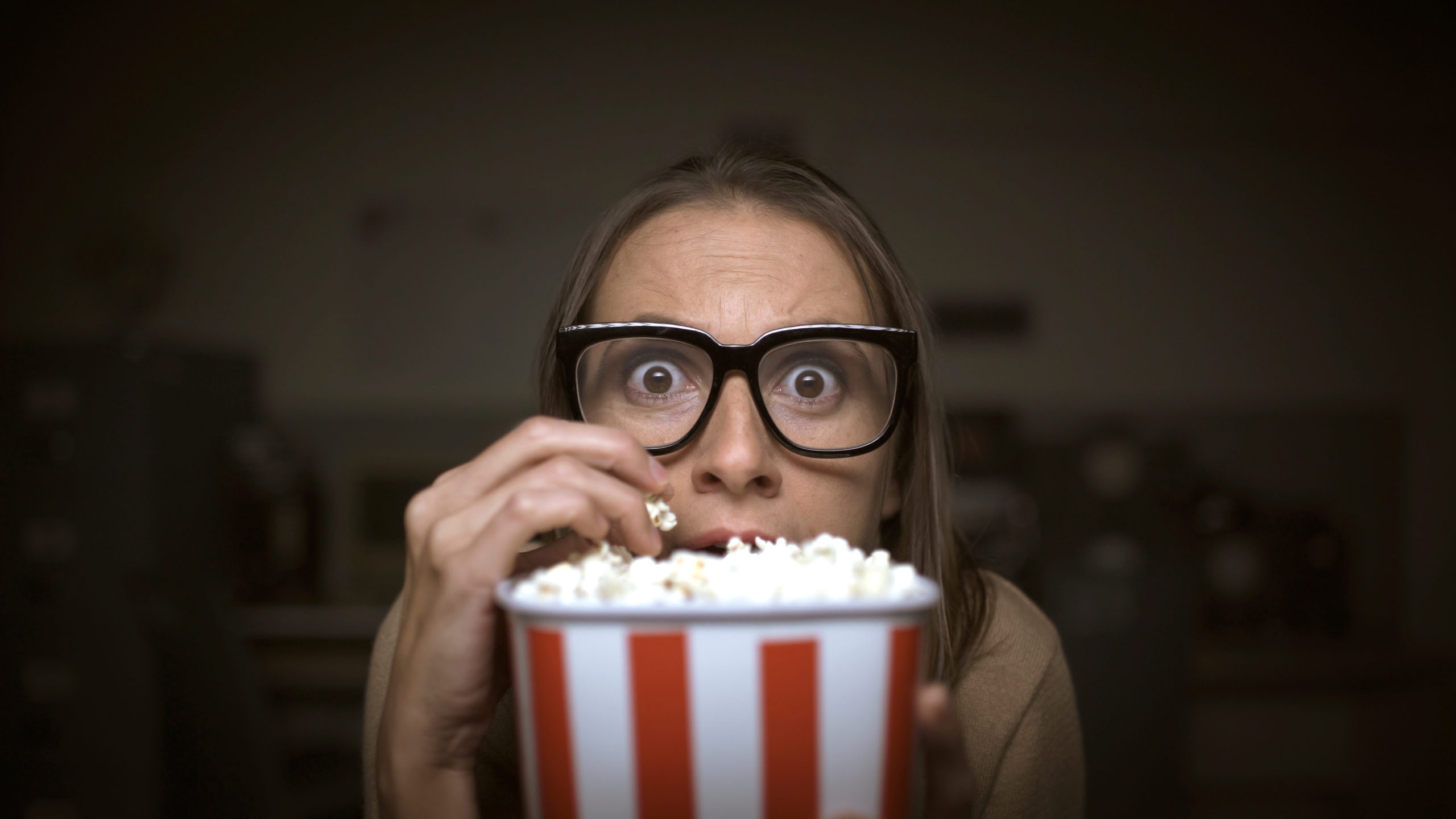Will it happen here?

Will it happen here?
My husband is a physician at a university hospital in California. Today (March 24, 2020) he got word from a colleague in New York. At this person’s hospital, they fear New York City may soon lead the world in COVID-19 cases. All operating rooms have been converted to 3-person ICUs. Physicians are being alerted to use a single surgical mask, and re-use it every day. Hubby’s hospital currently has only a couple of diagnosed COVID-19 patients, but several dozen in isolation awaiting test results. He wants to know, will this happen here?
I don’t know. Crystal balls would be awfully nice to have right now. An unlimited supply of fast, accurate coronavirus testing kits would be a good alternative.
Most Americans are in a state of suspense, waiting for the jumpscare. I heard someone say we’re in that moment when the ocean recedes from the beach, before the tsunami hits. Is a tsunami coming? Or is that just the tide going out?
The biggest question hasn’t changed since January: How bad will it get? In particular, how bad will it get in my community?
In different ways, Wuhan and northern Italy have shown us “bad.” Epidemiologists are using mathematical models to make predictions. The Imperial College study I mentioned yesterday is an important (and alarming) one. But there are many factors in the real world which vary from place to place, and are changing with time. Here are some variables that make the answer to the big question uncertain for your particular hometown.
- Timelines: Every country, every region, every city is on its own timeline for the pandemic. When did the first case arrive? When was a case first detected? When did social distancing or contact tracking begin? Remember that epidemics grow exponentially. As we’ve seen in northern Italy, and as we are about to witness in New York, the transition from “no problem” to overwhelming problem can happen in as little as a few days. If your town is safe today it might be earlier on the timeline—but on the timeline to disaster nevertheless. Or it might not. Uncertainty.
- Efforts at mitigation/suppression: California (and much of the rest of America) is on a nasty, stressful version of a staycation. Did we start in time? Is it working? How long do we have to keep it up? Can we loosen it a little, or do we need to be more strict? Right now, we don’t know for sure. Because of the incubation period of the virus, it takes two or three weeks to see an impact. Uncertainty.
- Population density: Contagion loves a crowd. Will rural areas be spared? What about cities with lots of sprawl? According to the New York Times, New York City has 28,000 residents per square mile—surely one factor in the crisis there now. The second most dense US city is San Francisco, at only 17,000. So will it happen in my town? Uncertainty.
There are many more variables. Let’s hope New York will be unique in the US for the severity of the epidemic. But I wouldn’t count on it.
Learn more about Amy Rogers and her books, including a free ebook on the scientific backstory of SARS-CoV-2 and emerging infections, at AmyRogers.com.
Do you have a question you’d like Amy to address? Amy@AmyRogers.com
0 Comments
Share this:


0 Comments